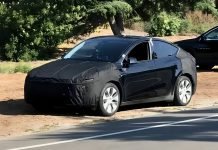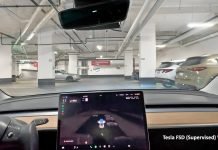In the past decade, there has been tremendous progress in the automation industry, with many of the devices in daily use getting automated and becoming ‘smart’ devices. This can be seen in various industries, with smart home systems, smartphones, and of course, smart cars. The mention of smart cars or automated vehicles has been synonymous with the mention of Tesla. And the one thing Tesla is doing to stay ahead of the competition in the automation industry is its extensive use of artificial intelligence.
How Does Tesla Use Artificial Intelligence
Most automobile companies have been using artificial intelligence for many functions in their vehicles. Mainly in secondary systems like climate control or the infotainment system. In primary driving systems, functions like Anti-Lock Braking and Electronic Stability Control have been a part of autonomous driver aids for quite some time. But with the advent of automation in the automobile industry, systems like Advanced Driver Assistance System and Crash Avoidance System have taken the world towards a more autonomous age.
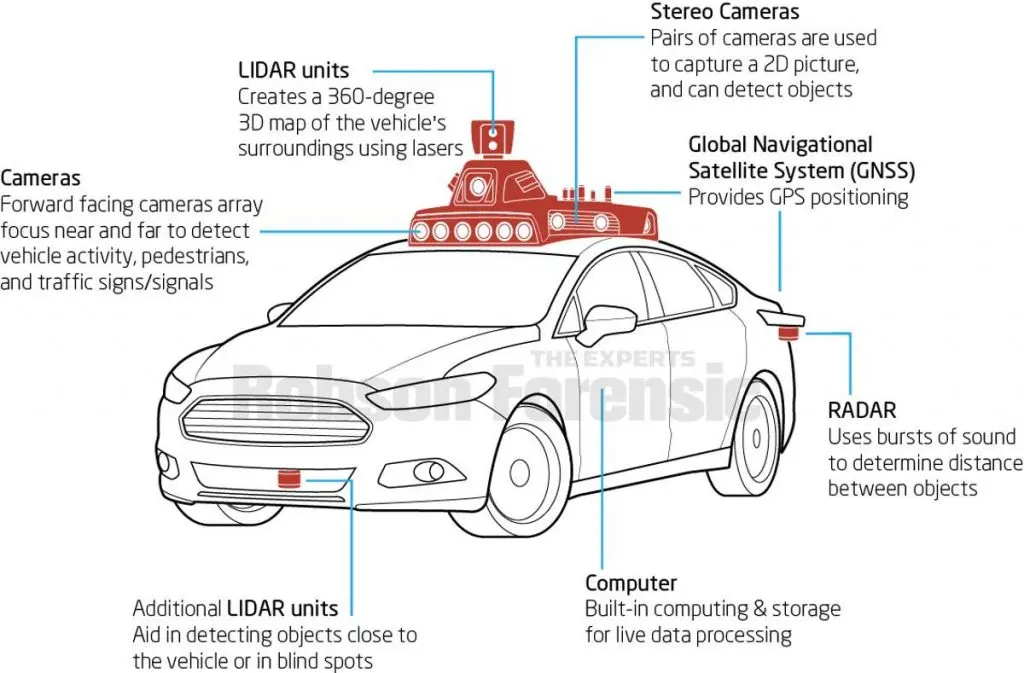
Typically, an autonomous system includes three major controls – throttle actuation, steering actuation and braking actuation. Electronic control for throttle and steering have already become a part of these systems. Electronic Stability Control is responsible for the brake actuation, as per norms set in 2012 by the National Highway Traffic Safety Administration. Major sensors in an autonomous vehicle include LIDAR, radar, ultrasonic range sensors and cameras for visual aid, inertial measuring unit (IMU) for calculating linear and angular motion, and the global navigation satellite system.
How Tesla is using Artificial Intelligence and Big Data
What Tesla has done is that it has focused its attention on the usage of newer technologies like big data, machine learning, and edge computing in its software.
A large part of Tesla’s philosophy is data. Collecting, storing, analyzing, sharing, visualizing, and updating data is one of the key aspects of their software. A number of sensors on their vehicles collect data, like traffic conditions and possible hazards, and send it to their cloud, which is then analyzed to develop machine learning models. These machine learning models are used to train the software for further updates, while edge computing is used at the individual vehicle level to decide what action to take. Tesla’s software also has the capability to connect two or more of its vehicles to share local insights and information. Thus, instead of having explicitly programmed object detection, path planning, and other control components as in conventional autonomous vehicles, the software model learns on its own.
Tesla Artificial Intelligence Features
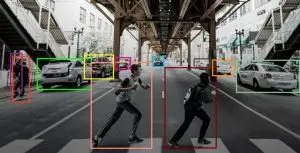
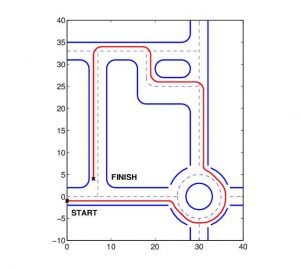
A Tesla vehicle includes many innovative systems, and these systems are broadly classified over two packages – Autopilot and Full Self-Driving Capability. The autopilot mode makes use of the Traffic-Aware Cruise Control (for keeping the car at a constant speed according to surrounding traffic) and Autosteer (for steering across lanes). The full self-driving capability mode has more advanced systems, like Smart Summon, Auto Park, and Traffic and Stop Sign Control. Thus, using their advanced data analytics, and artificial intelligence, Tesla has taken leaps and bounds in the autonomous vehicle sector.
Tesla Ideology and Tesla Software Updates
Another key factor of Tesla’s progress has been their ideology. Instead of thinking like an automobile company, their thought process is like a tech company, and that reflects in the software that they install in their vehicles. Tesla uses systems that run on continuous integration (where every new code is tested through automated models) and rapid releases that continue to update the software inside their vehicles. These software updates are not restricted to minor systems. As recently as in 2019, a software upgrade allowed them to make their vehicles more efficient and powerful through changes in the motor controller system and core driving logic.
This continuous-integration-and-rapid-release environment is also responsible for many innovative updates for Tesla’s vehicles, especially their over-the-air (OTA) updates. Through this OTA update system, Tesla has revolutionized the automobile sector – your car can become much safer by just downloading a new part of code into your car. Tesla displayed this when they improved their braking distance by as many as 19 feet through an OTA update. A customer had surfaced with doubts regarding the braking system when he booked his Tesla, and by the time it was delivered to him, a new OTA update had taken care of the issue for him. OTA updates also include improvements in the camera and Autopilot system, and so, Tesla keeps solving problems they encounter through customer feedback, and roll out updates, just like Google and Facebook does.
Tesla Track Mode Update
A recent OTA update that Tesla has rolled out is its Track Mode V2 software. This new package gives the driver a whole new set of customizations, which can be used to modify the vehicle’s performances according to the needs – be it drifting, setting lap records, or practicing car control by navigating through the settings. The car’s performance can be fine-tuned to match the requirements in terms of motor balance, stability assist, or regenerative braking. It also includes real-time monitoring of the vehicle cooling (which includes newer cooling settings for an intensive track session), G-meter (tracking and recording the vehicle’s peak lateral and longitudinal acceleration), and using real-time models to display battery, brake and motor temperatures, and tire utilization. Finally, the Track Mode V2 also has a performance reviewer, with lap timer and data logging in place. Thus, Tesla has more or less launched a racing video game inside your car, and it can be directly downloaded into your car through these OTA updates.
This ideology of rapid releases and OTA updates for improving safety and performance has put Tesla in a different league when it comes to keeping in touch with the market needs. Other companies launch their cars, see the market reactions, predict further market requirements and come up with a new version, maybe even a new model. Tesla, on the other hand, sends out software updates just like the ones you receive on your smartphone from time to time, and keep their cars up-to-date.
Why Tesla’s software is the best
Most of the other automobile companies have a ‘legacy code’ in their software, a code that works just fine when you don’t want to change it for a considerable amount of time. This kind of code cannot function in a rapid release environment as in Tesla, and that is the reason why these companies lag behind. Companies like Volkswagen, Honda, and Toyota may have the hardware for entering the autonomous vehicle sector, but it lacks the philosophy behind the software. By understanding an ideology predominantly seen in a tech company, and using it to revolutionize the automobile sector, Tesla has given a tough competition to its rivals not only in Michigan but also in the Silicon Valley.




